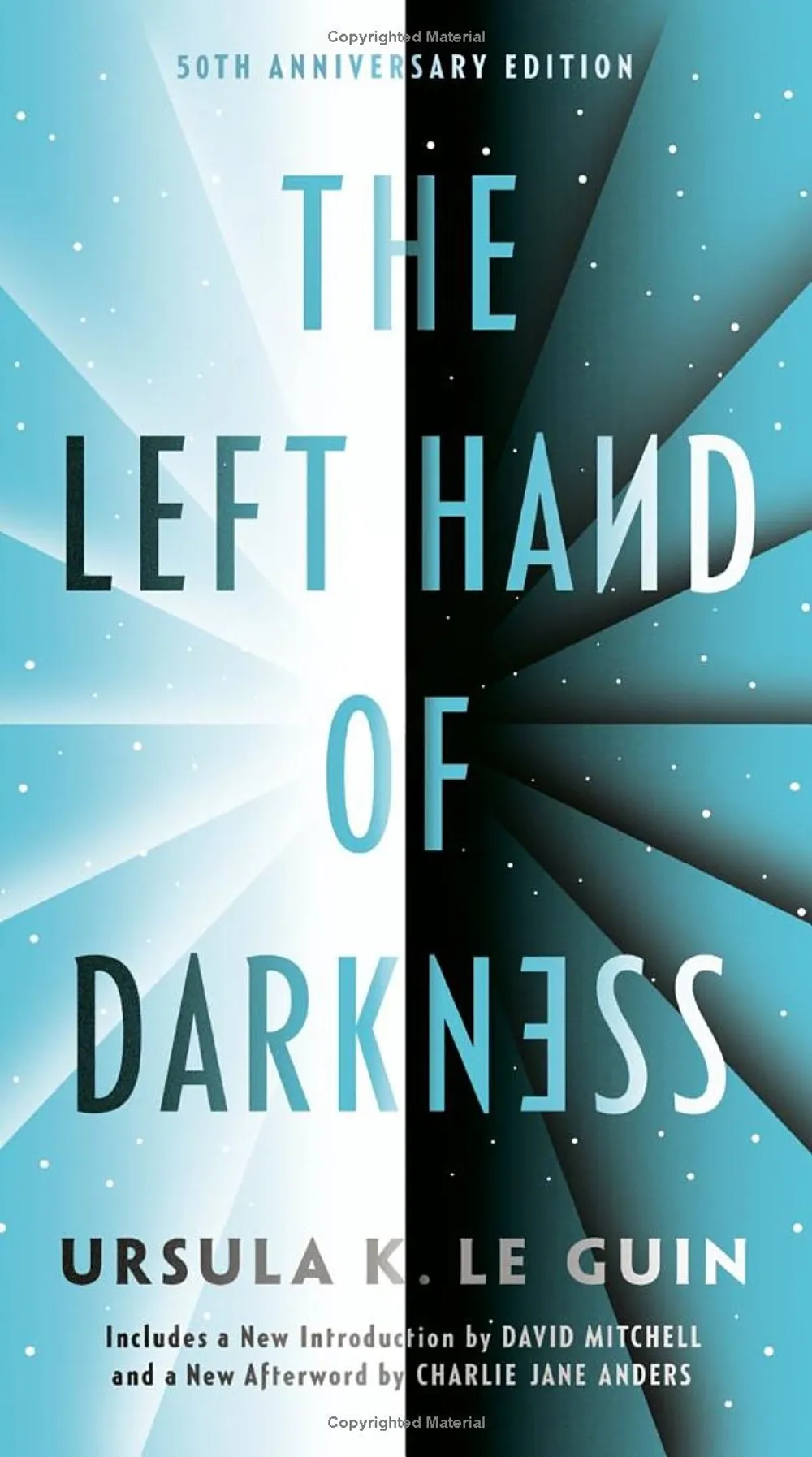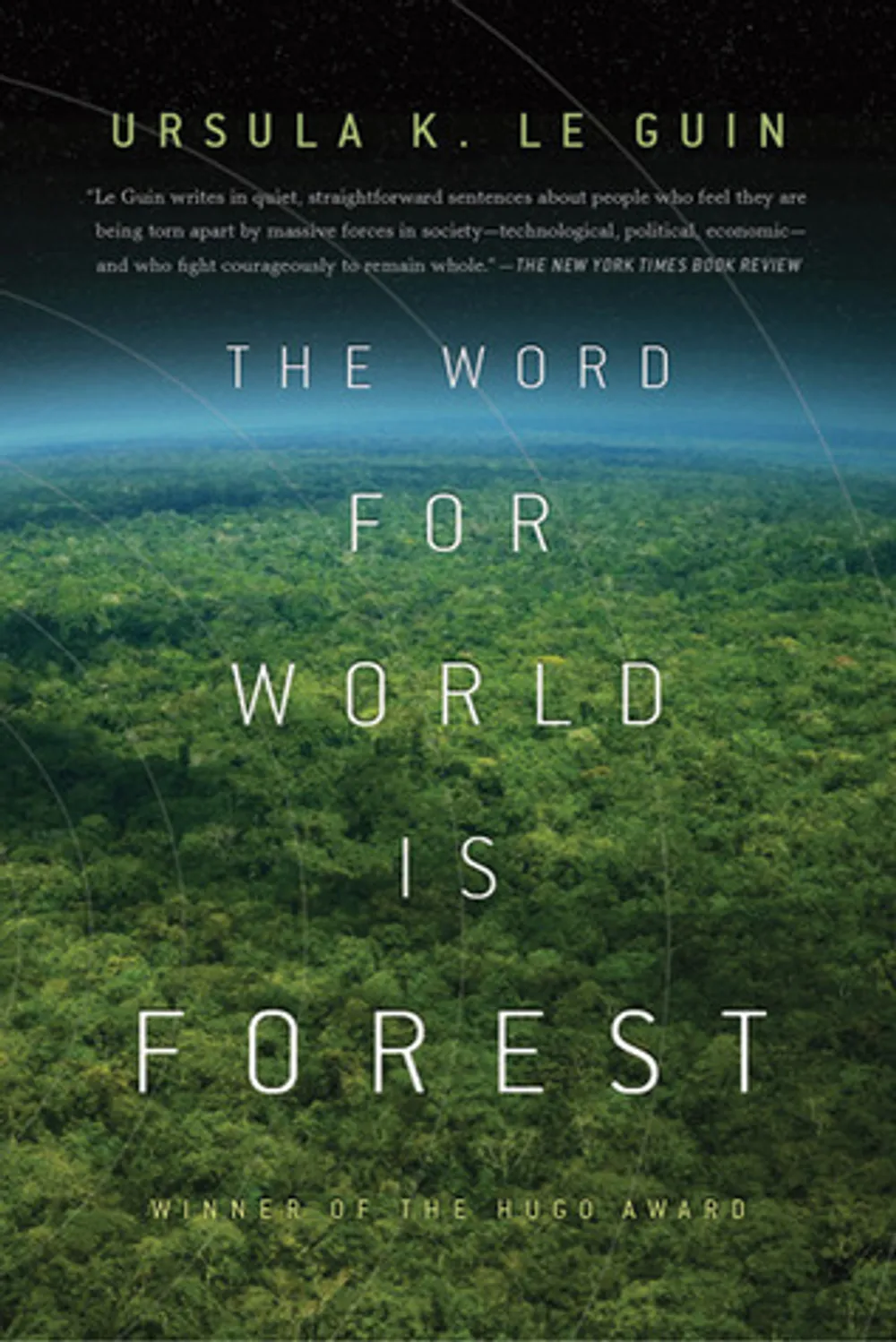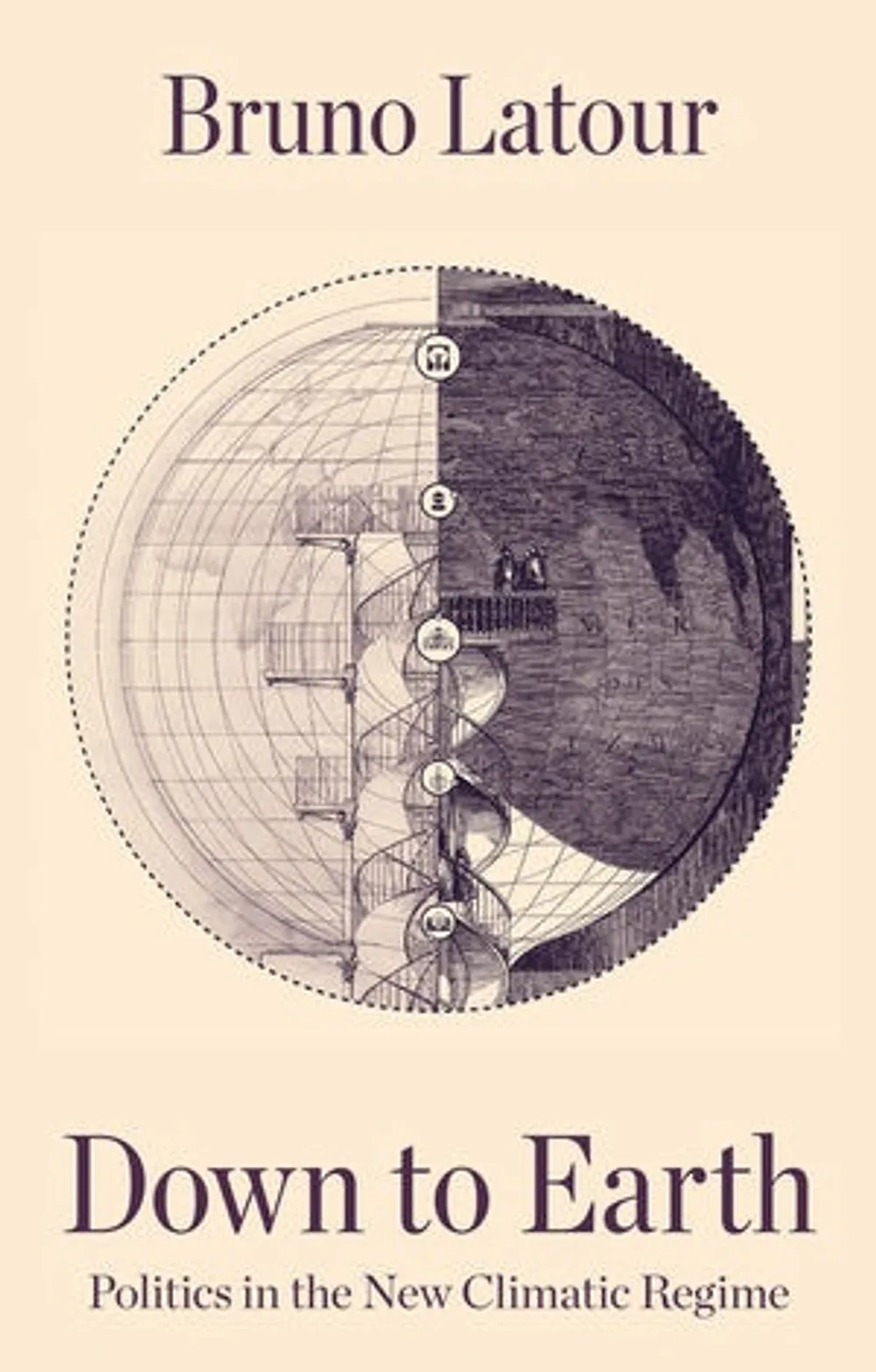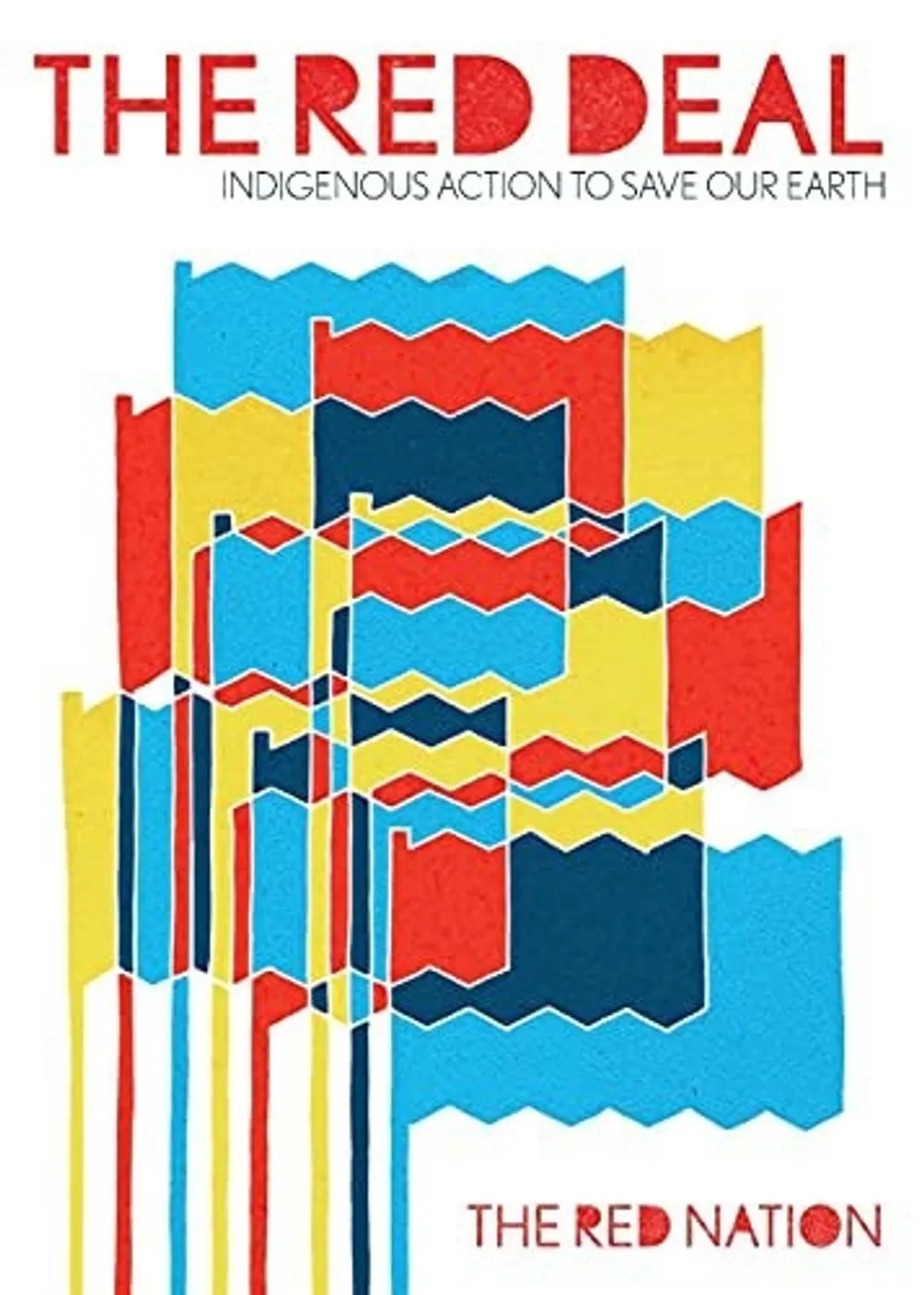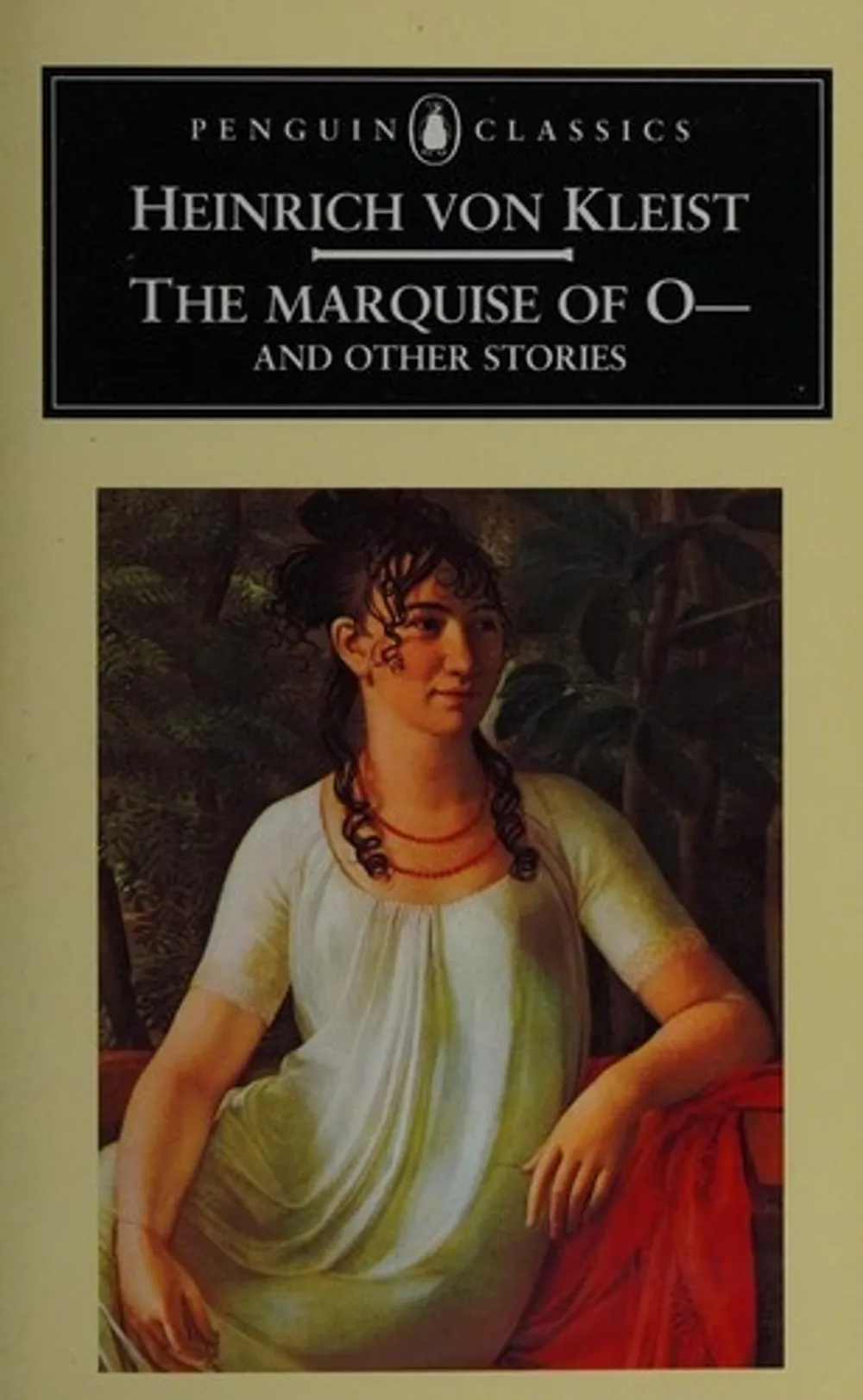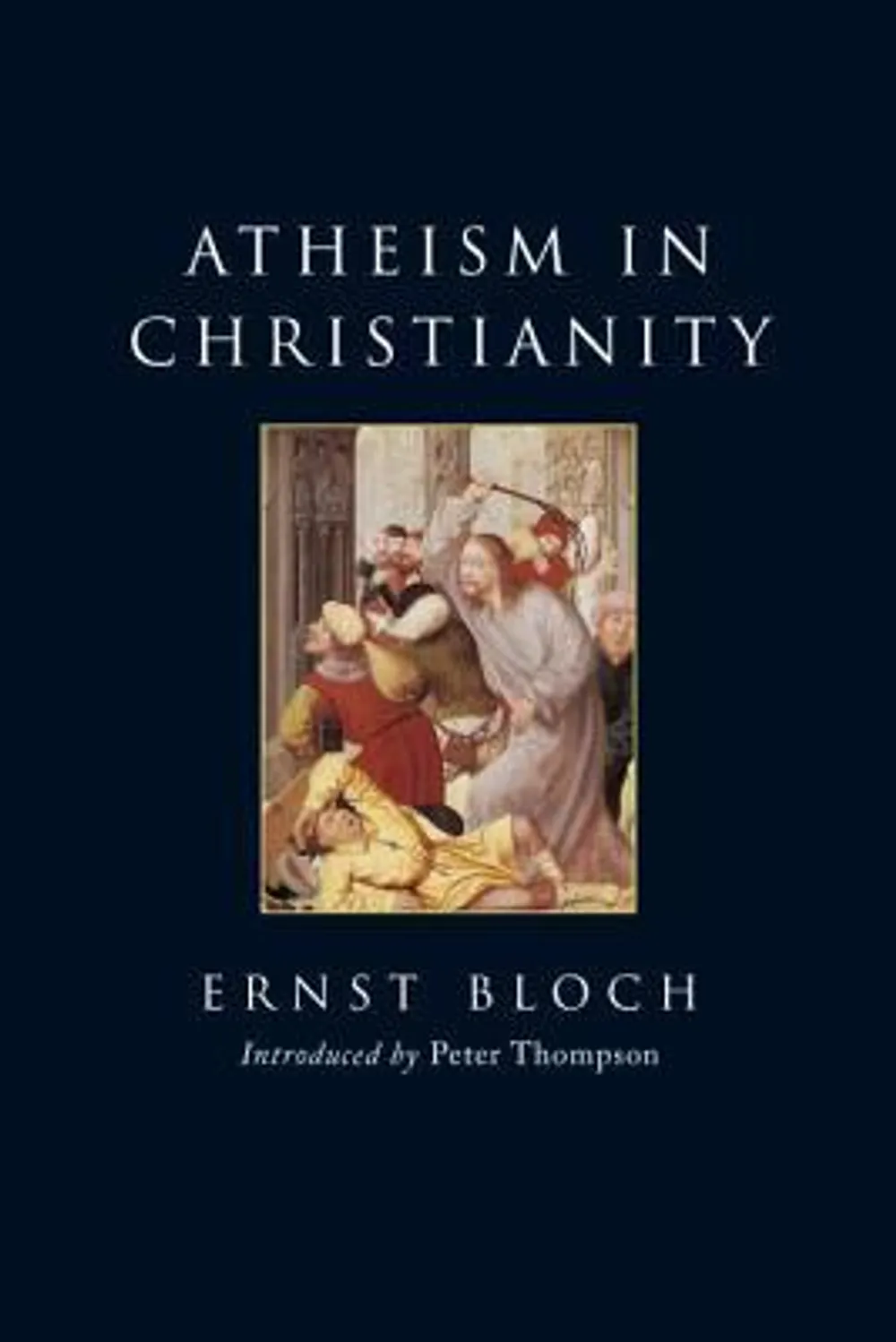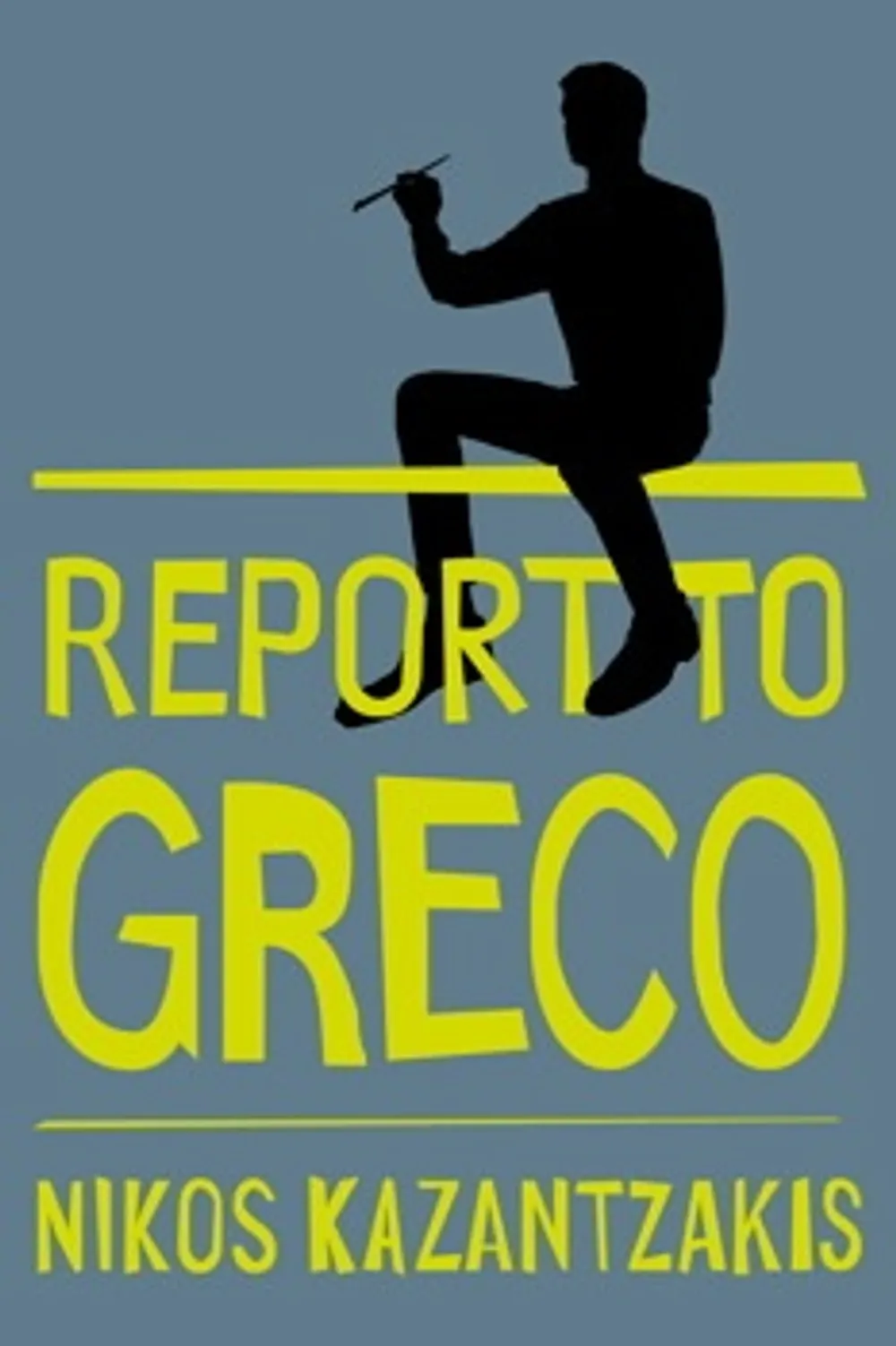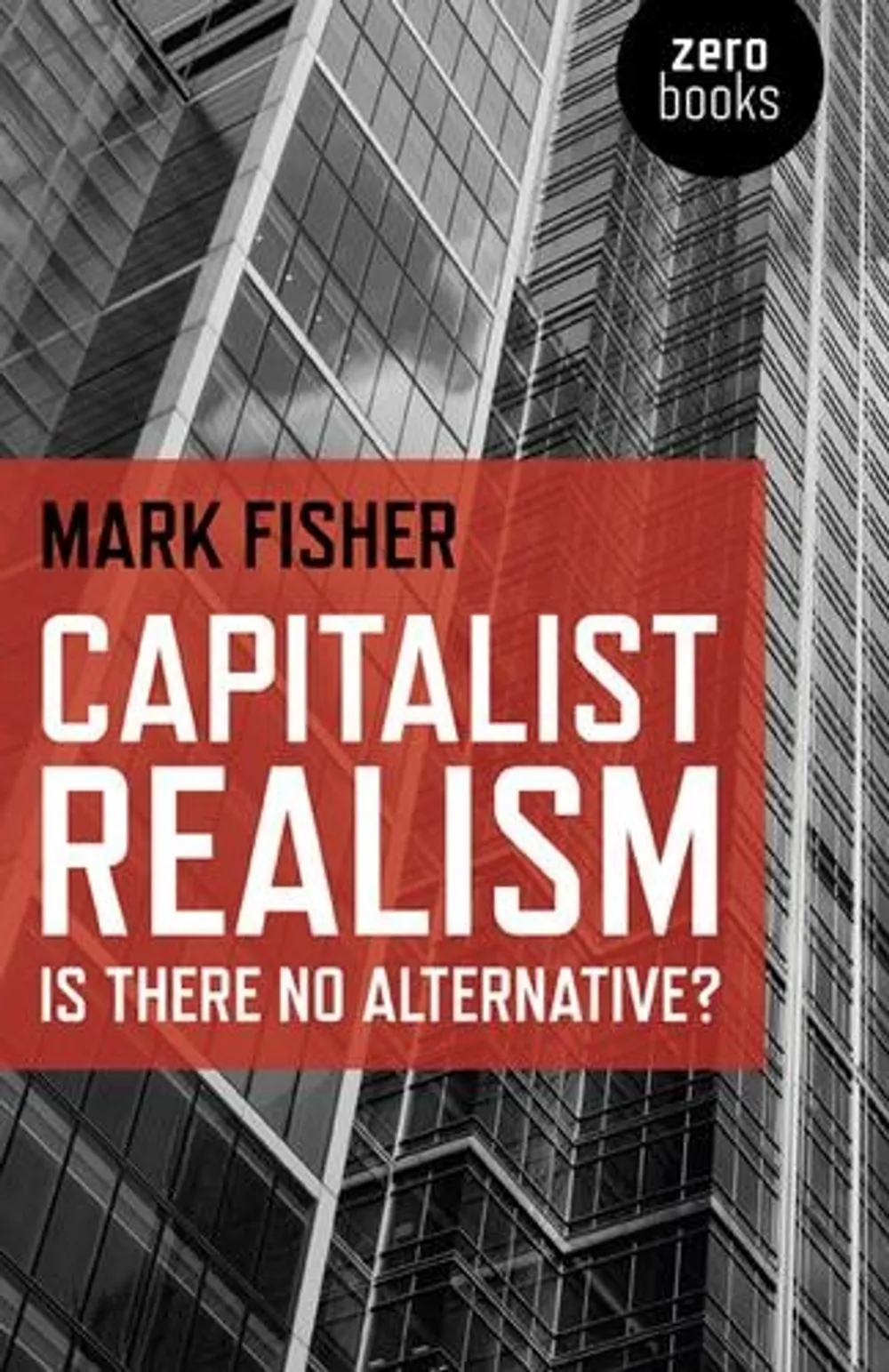My Year in Reading, 2023

This year I devoted almost as much time to building a custom reading tracker app as I did to reading, but I’m still pleased with the quantity and quality of what I read.
Favorite Books
These were some of my favorite books of the year (because I simply can’t write about all of them, I’m limiting myself to a few):
Postmodernism

Postmodernism, or, the Cultural Logic of Late Capitalism, by Fredric Jameson • Duke University Press, 1991
For fans of: Postmodern critiques of postmodernism theory; literary criticism and media studies; the avant-garde; sentences that must be read a minimum of 3 times to fully comprehend
All I could say about this masterpiece I tried to say in my review essay here. Moving on!
The Mars Trilogy
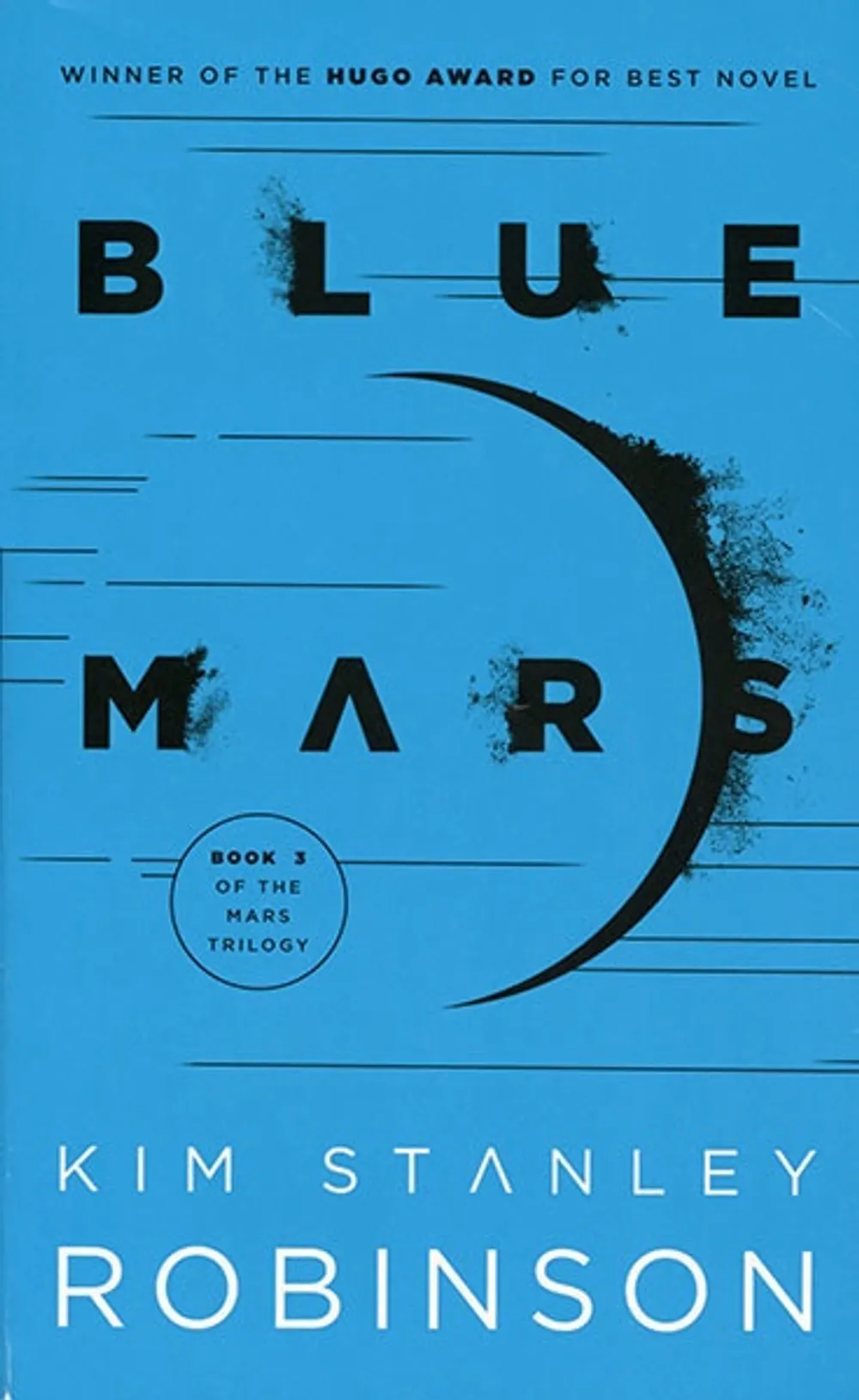
Red Mars (1993), Green Mars (1994), and Blue Mars (1997), by Kim Stanley Robinson • 2021, Del Rey
For fans of: Science fiction that has tons of actual science; planets; terraforming and ecology; sprawling narratives that span hundreds of years; revolution and evolution
I had been dancing around Kim Stanley Robinson for a while before this year, both because of Fredric Jameson (who discusses his former advisee’s work in a number of places) and because of recommendations from my friend Christopher and others. So this was the year I decided to take on the 2,000+ pages of Robinson’s Mars Trilogy, his magnum opus.
The trilogy follows the stories of the First Hundred, a group of scientists who set out from earth in 2026, not so much to “colonize” Mars but to establish an entirely new world on a barren rock. That world-making is described in incredible scientific and civilizational detail—from the guided formation of a viable biosphere through the complex interplay of ecology and technology, to the decades-long process of political and cultural revolution, which brings about deep changes in values and material possibility on Mars and beyond.
Woven throughout these two poles is the broader theme of “the green and white” in tension: how the forces of life, energy, and dynamism (viriditas), exist in a dialectical relationship with the progressive, illuminating, and sometimes cold light of science. What some of the more mystical characters in the novels anoint as the “the areophany” (from the fiery namesake of the planet) is an attempt to fuse these worlds into a multifaceted, meta-philosophical understanding of both the mystery and rationality of an entirely new world-in-the-making. The areophany is ultimately about the transformation of the red planet to a green and blue world teeming with life and water, while still maintaining some of the primordial aspects the ancient rock bears witness to.
This maximalism and philosophical depth is what makes Robinson such a joy to read; as Jameson remarks, the novels’ utopian vision is not so much “the representation of radical alternatives,” but “rather simply the imperative to imagine them.” Of all that could be said about these ambitious, sometimes flawed, but probing novels, the myriad experiments, possibilities, and mental shifts that stem from Robinson’s “imperative to imagine” is what stands out to me as their greatest feature.
The trilogy’s utopian form is not a reductive portrait of a simplistic or blindly “optimistic” future. Rather, its vision is more in line with how Marx characterized a post-capitalist future—a future that has real history precisely because it operates from the realm of post-capitalist and post-feudal class relations, when the associations of people, biospheres, and planets are finally—although still ambiguously—linked together in freedom in place of necessity.
Life: A User’s Manual
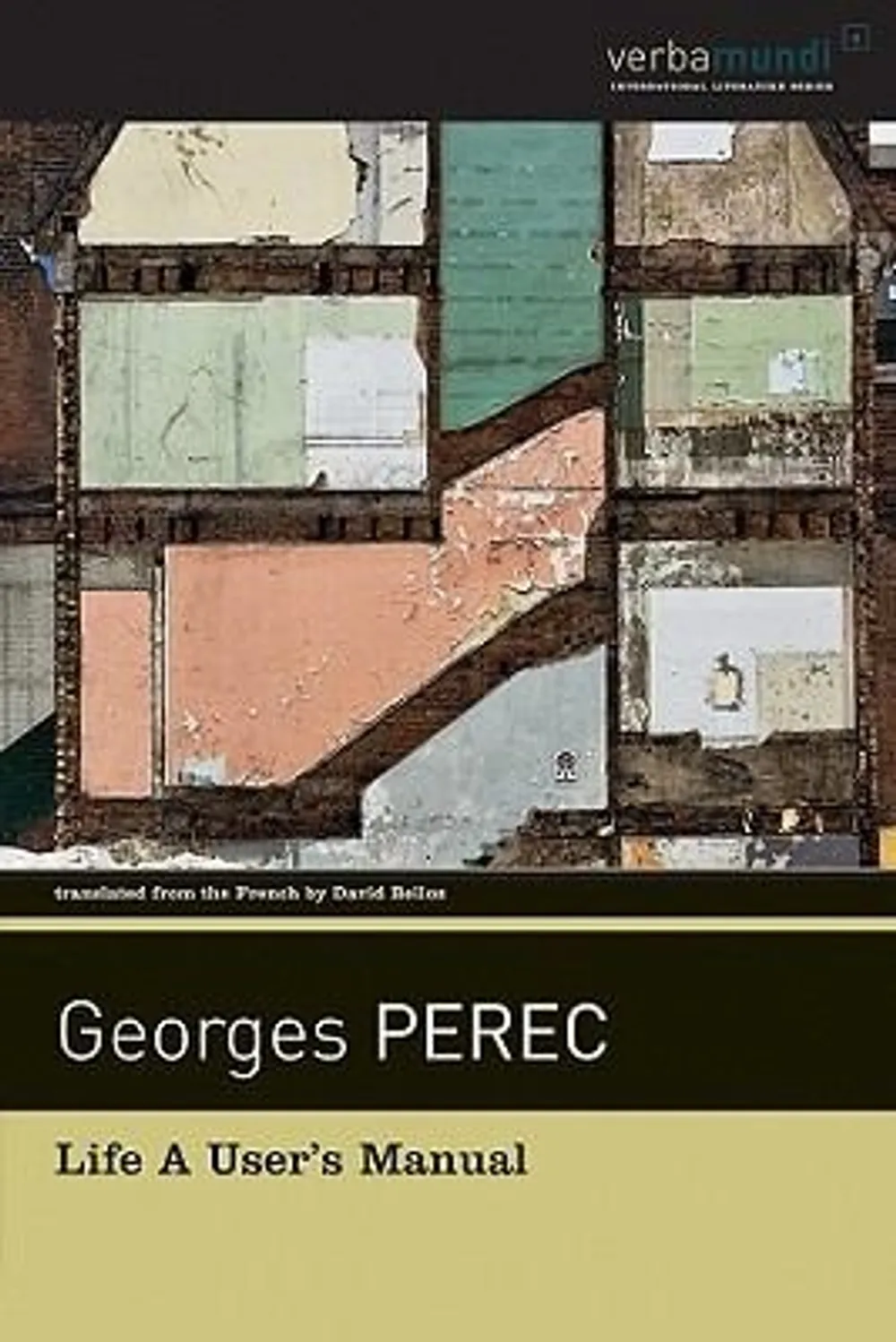
Life: A User’s Manual (1978), by Georges Perec • Verba Mundi, 2009
For fans of: Nested stories, novels within novels; puzzles; lists and catalogues; pictorial writing
The manner in which I received this fabulous novel could be a vignette straight from its pages: in the early days of the pandemic, I purchased a curated book bundle from the Last Bookstore, one of L.A.’s greatest bookstores. After submitting an online form listing my genre and author preferences, I was sent a package of a half-dozen books selected for me by the staff. It was a wonderful idea in a pretty bleak time. The package took so long to arrive (no shade, things were like that then) that I forgot about it, and the surprise, consideration, and randomness of the books I received have earned them a special place on my shelf.
At the bottom of the pile was Life; A User’s Manual, and while it seemed up my alley, it took me a few years to get around to it. I’m glad I did, because even though it’s not well known, it is a work of virtuosic cataloguing of daily life on par with Joyce and Proust.
Perec was an eccentric French writer who was part of Oulipo, a group of avant-garde writers that included Italo Calvino. This playful, empathetic, and at times melancholy novel is like a series of nesting dolls, or, to use the novel’s own metaphor, a set of puzzles within puzzles within puzzles. (The novel is rife with lists, grids, mathematics, and palindromic structures, and I’m sure there are dozens of “structural puns” that I wasn’t even aware of while reading.)
The “action” takes place on a single day, in a single location—11 rue Simon-Crubellier, a faded Parisian apartment block whose every room we are allowed to see into, like the many minds of one aging super-character. The residents of the building and their interconnected histories come to life through painstaking, exhaustive description of visual detail; each chapter opens on a close-up image of one part of one room, slowly revealing more and more pieces of the puzzle the larger the vantage becomes as the novel goes on.
The side effect of Perec’s intensely documentary and pictorial style (many of the main characters in the novel are painters) is that even though we see all of the external expressions of the lives of many characters, their inner motivations and a sense of deeper connected meaning between them all appear as vastly inscrutable as real life.
Nowhere is this more evident than in the novel’s cryptic main story, a tragi-comic tale of an eccentric and wealthy aristocrat named Bartlebooth who spends 20 years of his life traveling to 500 different seaports, to paint one watercolor at each location. Bartlebooth sends these watercolors back to 11 rue Simon-Crubellier, where the puzzle-maker Gaspard Winckler is tasked with crafting wooden puzzles out of the paitings; upon Bartlebooth’s return from his travels, he will then spend the remainder of his life completing the puzzles, gluing the pieces together, and sending them back to the ports where they were painted. 20 years from the day they were painted, each watercolor is to be dissolved, the canvas’s cuts restitched, and the blank paper returned to Bartlebooth, who will have thus left no material trace behind in this utterly superfluous display of effort.
Whether out of resentment or mischief, the puzzle-maker Winckler starts to mess with Bartlebooth, making the puzzles too clever and enigmatic for Bartlebooth to keep up with. The only “plot” in the present time of the novel is that Bartlebooth fails to complete his puzzle quest and dies, a wrong puzzle piece in his hand at the very end. Given the novel’s postmodernist outlook, I doubt if there is some deeper message here, but the totality of scenes leaves a poignant sense of the playful futility of all our effort, especially artistic, and that we might as well find or make puzzles out of the stuff of life while we can.
Shakespeare Was a Woman and Other Heresies
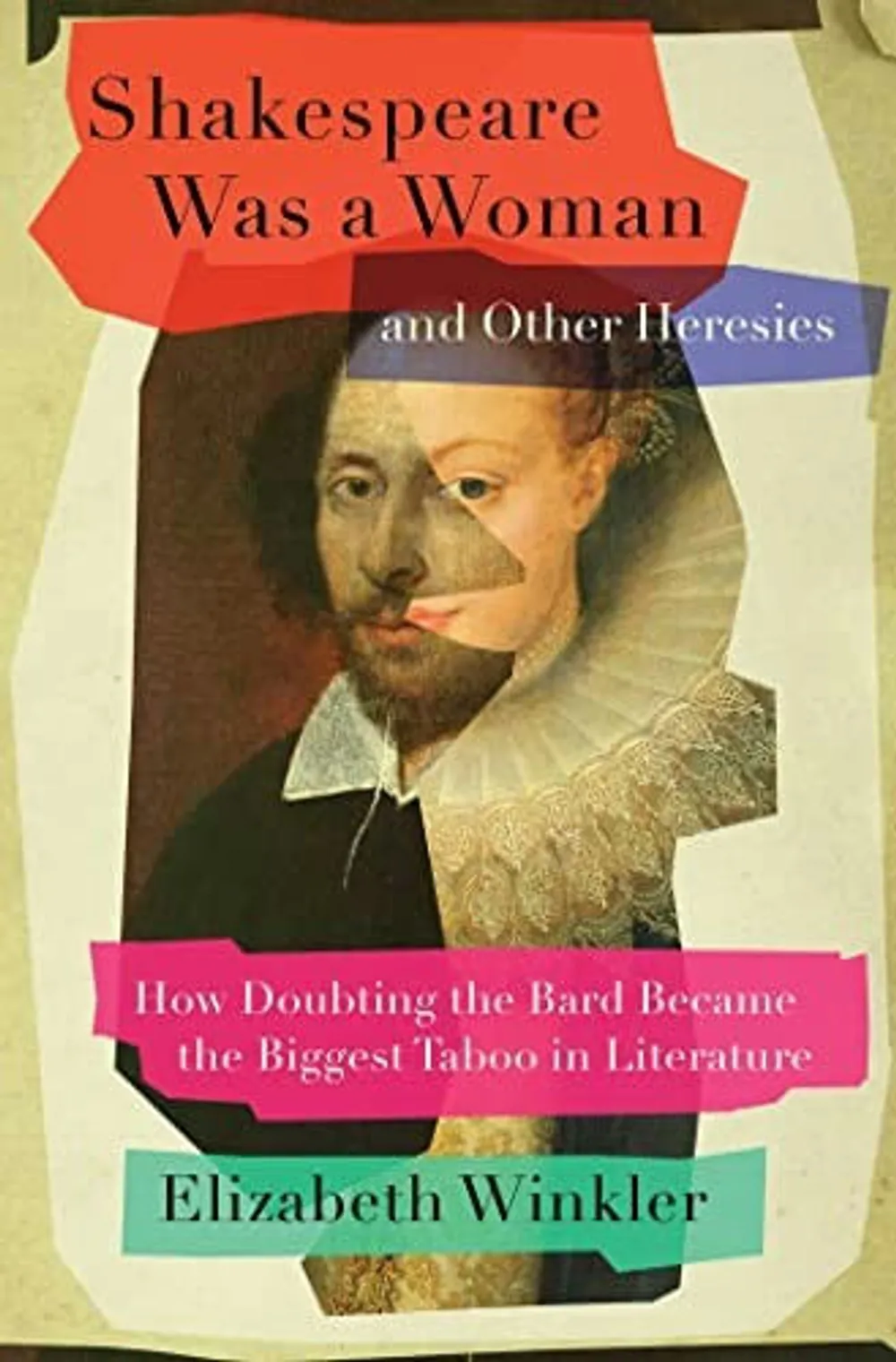
Shakespeare Was a Woman and Other Heresies: How Doubting the Bard Became the Biggest Taboo in Literature, by Elizabeth Winkler • Simon & Schuster, 2023
For fans of: The sonnets and the plays; committed Stratfordians; committed anti-Stratfordians; going down the rabbit hole
If you had asked me about the puzzle surrounding the “Shakespeare authorship question” before December, I would have given the bemused reaction that apparently most people do. But that is why a new, exhaustive book on the topic by journalist Elizabeth Winkler (how about that name coincidence!) is so enjoyable. She expertly, entertainingly, and, it turns out, convincingly, leads the questioning reader through the centuries of debate on whether the “man from Stratford” (the man we know as William Shakespeare) actually wrote the plays attributed to him. (The book builds on a brilliant essay she wrote in The Atlantic, for which she was unfairly personally attacked by certain experts).
If it already sounds like a conspiracy theory, this is the time to mention that not only some of the subtlest minds of literary history (Walt Whitman, Mark Twain, Sigmund Freud, Henry James) but also some of the best contemporary Shakespearan actors have shared these doubts. I think I have come to my own theory, but I’ll not take the fun away from anyone else.
Winkler, however, is less concerned with putting forward a particular candidate than she is interested in deconstructing how the “orthodox” institution of Stratfordianism has sealed off any room for heretical doubt regarding the authorship question, despite a multitude of nagging biographical, historical, and textual problems that don’t seem to go away (and despite newer research that does challenge the idea of a “sole author”; even if Stratford Shakespeare is the primary author, it is likely that others had a hand in the crafting or editing of the plays, much like how modern TV writers’ rooms work—this is theater, after all).
The religious metaphor of “orthodoxy” and “heresy” is at first mostly just amusing, but as Winkler ventures deeper into the hallowed halls of “bardolatry,” it becomes clear that the comparison is not only apt, but revealing. The scholar-priests of the Shakespearean magisterium have built and maintained a myth over time (witness the Disney-esque “birthplace” of Shakespeare, a retroactively manicured prop that is most likely not even in the right location)—a myth that in turn has vaunted the importance of the literary scholar and has been used in the export of some good old fashioned British imperialism (the sun never sets on Shakespeare).
Most tellingly, the contemporary keepers of the orthodox flame, whom Winkler tries to interview numerous times in the book, come off very poorly—they condescend, they avoid questions, they appear boorish, defensive, and ignorant. By contrast, the anti-Stratfordians she talks to are questers in search of truth, deeply passionate searchers who feel their legitimate questions have been steamrolled by institutional power.
At the heart of the authorship question revolves a bigger philosophical problem: how much does an author’s biography really matter for the interpretation of a text? Isn’t it all trivial, incidental to the main task? But as Fredric Jameson reminds us, we are all inescapably postmodernist, and the days of approaching a text as completely divorced from any context or experience are long behind us. If the great conceit of the Western canon—that the endless parade of “universal,” “timeless” texts that speak of one shared human (white, male) experience—have been exposed as a lie, why shouldn’t an author’s learning, experience, and life shape what he, she, or they wrote?
At the very least, exploring these questions opens up new avenues for the present experience and performance of the texts. After all, Winkler points out, even the scholars make up imagined details when there is a lack of evidence; how else do we square the mute historical record with these works of genius?
The Truth and Other Stories

The Truth and Other Stories (1950s-1970s), by Stanisław Lem • MIT Press, 2022
For fans of: Mind-bending philosophical sci-fi; mad scientists; rogue artificial intelligence; short stories that hit like a shot of vodka
I would have written here about Lem’s excellent novel Solaris, which I read early in the year, had I not then gone on to read this collection of simply perfect short stories. These stories are the minimalist counterparts to Perec’s and Robinson’s maximalism; like the Big Bang, each one starts from nothing, with perhaps only a few scraps of conversation between two unknown characters in an unknown place to give the reader any sense of what is going on. Pages later, details start to emerge that change the entire tenor of the narrative, every sentence a revelation that necessitates a re-reading up until that point. (I must have read each of these stories three times because of this.)
The best of the stories (“The Friend,” “The Journal,” “One Hundred and Thirty-Seven Seconds”) deal with epistemological themes familiar to a reader of Solaris and Lem’s other work—what really is intelligence, and how can we be sure that the human mind can really comprehend something completely external, artificial, or alien to it, which the mind may have no phenomenological basis for grasping as it “really is”? With darkly humorous irony, Lem leads his characters to believe that human rationalism and naively optimistic science will be able to offer satisfactory answers to the baffling paradoxes of the universe, but they are just humans, after all—fallible, ignorant, and yet stubbornly curious.
In an age of Elon Musk and trashy AI spam, Lem is vindicated as a prophet who skewers the charlatans and slick technological veneers of our time, offering instead a critical and ironic standpoint that out-rationalizes rationalism itself. But this irony evinces less bitterness than a tempered humanism, one that has to shake its head and chuckle at the wonder and enigma of the cosmos and our repeatedly failed efforts to understand it.
Revolution
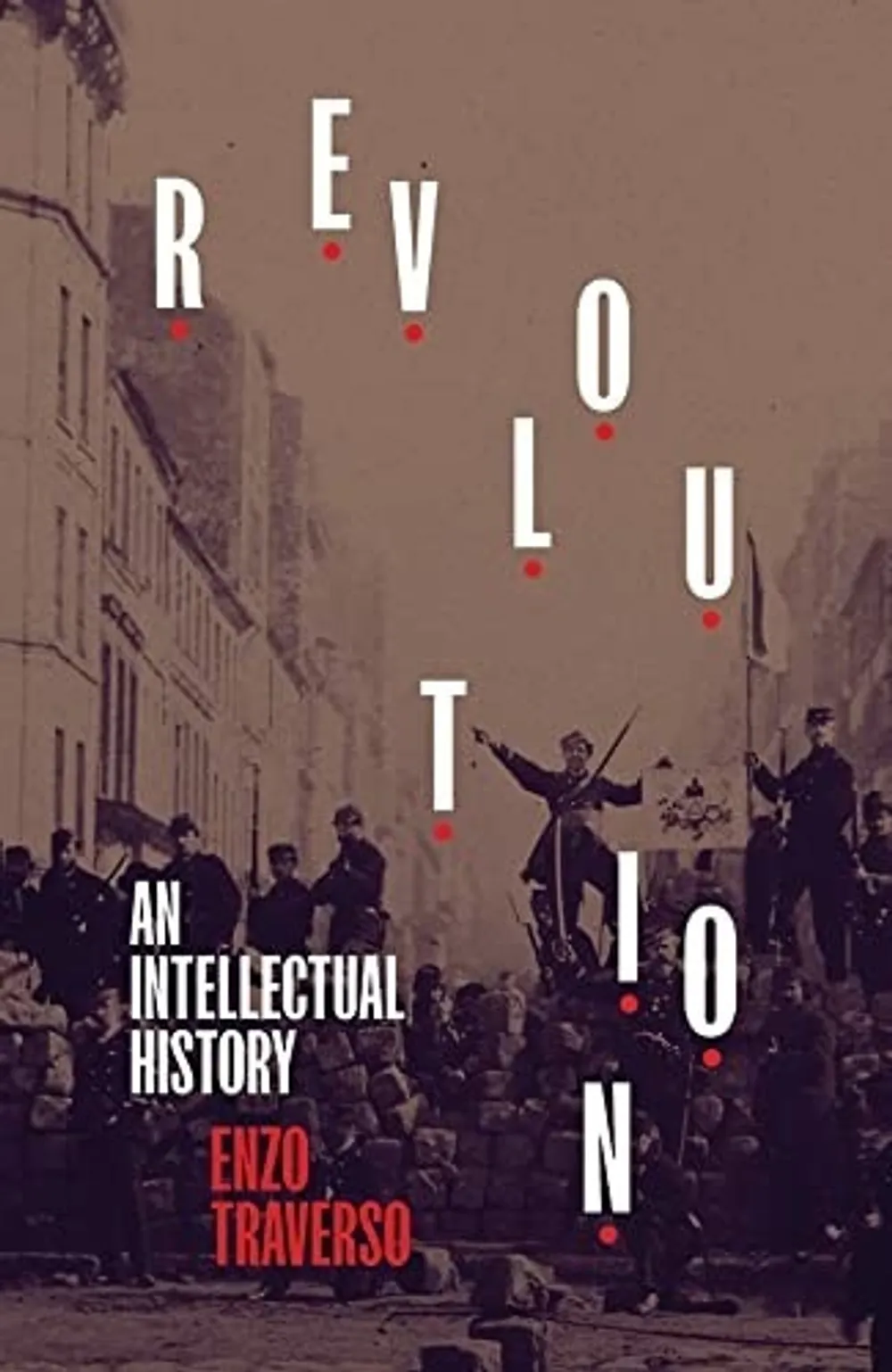
Revolution: An Intellectual History, by Enzo Traverso • Verso, 2021
For fans of: Intellectual history; socialist and communist movements; art history; nuanced historiography; “theoretical polyamory” (Wendy Brown)
I was turned on to this magisterial book by my friend and comrade Ben, who read it with the guys at the Regrettable Century podcast. Traverso authoritatively examines the multifaceted intellectual, cultural, and symbolic legacies of historical acts of revolutionary rupture; although he prioritizes the grand-daddies of them all, the French (1789) and Russian (1917) Revolutions, his work extrapolates from these origins into the twentieth century and around the world. (And it case it wasn’t clear, we’re talking pretty exclusively here about socialism and the utopian dreams and failures of militant, state-directed communism.)
As the book’s subtitle heralds, this is quite a different sort of beast than a straight-up history of revolution(s), such as the four-volume history of the modern age written by Traverso’s interlocutor, Eric Hobsbawm. Instead, Traverso looks at philosophies of history, conceptions of the body, symbolic metaphors and associations, and artistic expressions generated by moments of sudden discontinuity in the flow of progressive time. For these are ultimately what revolutions are: completely new ways of seeing, being, and shaping the world, violent breaks that in a moment foreclose possibilities while opening others.
Traverso is lucid on typologies of the revolutionary intellectual—those intense and committed souls caught between the poles of cosmopolitanism and rootedness, bohemianism and partisanship, freedom and liberation, an ethics of conviction and an ethics of responsibility. He is also excellent in pulling from a wide range of subjects to illuminate his themes (his detailed expositions of painting and visual art in the revolutionary tradition are unique in this kind of work) and in historicizing the ambiguous legacy of a twentieth-century communism shaped by decades of world war.
One particularly profound theme concerns the “realms of memory” which revolutionary moments create and continue to cultivate as their initial fervor wears off. These realms are probed and passed down in art, intellectual debate, and ways of living. Traverso eloquently stakes out an essential responsibility for the historian in reviving these memories for the present. Not only can these stories shed new light on why revolutionaries fought for what they did, they also signify “a possible and concrete utopia,” “an end inscribed within historical time” that we here and now can take up and keep alive.
Reading Paths
These are some of the main themes, currents, and genres I read this year, which also gives me a chance to highlight other great books:
Utopian Horizons in Sci-Fi
Echoing Fredric Jameson’s conception of the utopian, these speculative books carve out imaginative spaces of possibility, which perform a double function: critique of our present, and the impetus to imagine how things could be otherwise.
Earthbound Politics
Coming “down to earth” is an evocative image shared by the post-Catholic, environmentally minded writers Haraway and Latour (although only one of them was quoted in one of the pope’s latest apostolic exhortations; sorry Bruno!). For both it means a paradigm shift in response to climate change, but it really touches on all aspects of interconnected life—the imperative to abandon the destructive path of capitalism and imperialism, and to adopt a capacious, earth-minded approach to science, knowledge, and culture. One practical political expression of this might be the Red Deal, an indigenous-led critique and expansion of the Green New Deal that prioritizes land-back and tribal self-determination in the action to save our common home.
Radicalisms
These books embody the essence of radicalism—whether literary, spiritual, political, or all of the above—as grasping at the root of the matter at hand. Part of me identifies in some way with the spirit of these writers, who challenged convention and forged a singular path in their understanding of the world; their works are fiery beacons which surprise and sharpen the soul.
2023 Reading Stats
- Books read from: 27
- Books finished: 18
- Unique authors: 21
- Average reading time (finished books): 5 weeks
- Pages read: 7,222
- Pages per day: 19.8
Check out my Airtable table below for the full list:
